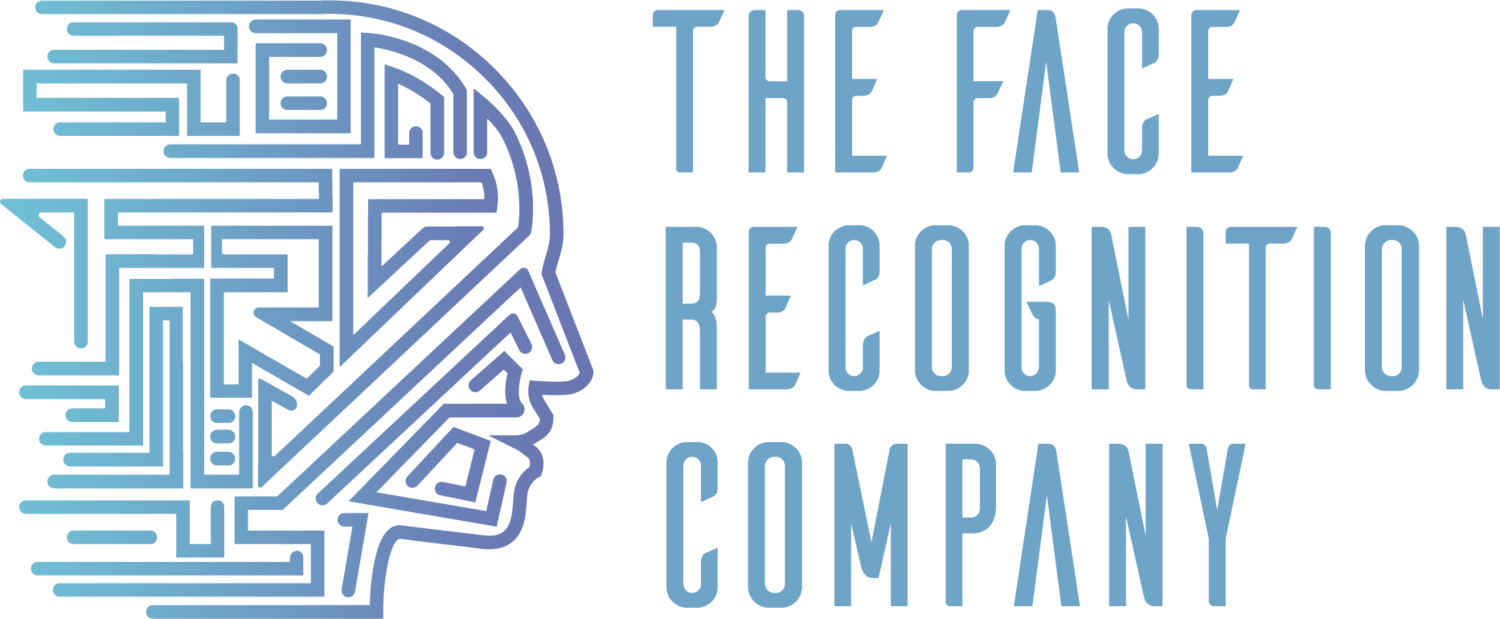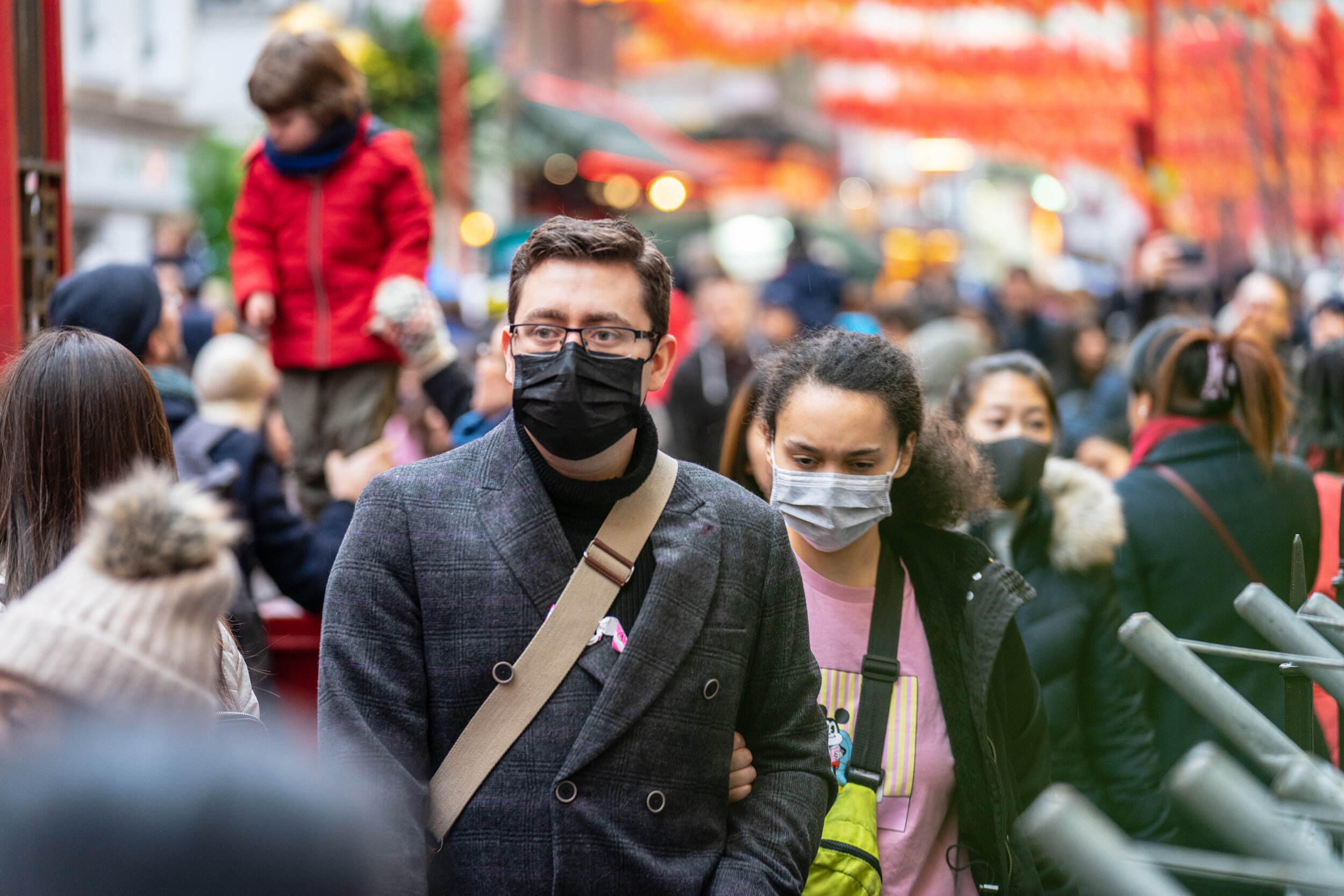Facial Recognition – Unmasked?
The requirement for citizens to wear face coverings in stores, commercial premises, in public sector buildings and on public transport, presents a unique set of challenges for facial recognition – a premise built entirely upon the ability to see a face.
It also potentially presents criminal opportunity – for individuals to conceal their identity with a view to entering premises or carrying out acts without identification – representing threat to retailers, commercial organisations, and transport hubs. Fortunately, the challenge of identifying individuals where facial features were obscured was one which the Face Recognition Company (FRC) had anticipated before the start of the pandemic.
At the heart of the challenge was the capacity of systems to process partial information – taking visible information and other data from partially obscured features to render the same outcome as non-mask wearing subjects.
The result of this intensive and unprecedented challenge has been an advanced system upgrade, with ultra-accurate detection capabilities, even with partially obscured facial features.
* Faces pixelated to protect privacy
The advanced system upgrade will maintain functionality for the user – operating in an identical way and using pre-existing data on individuals of interest, applying such to alternate images with facial coverings. The system is expected to recognise individuals of interest whether they are masked or unmasked with virtually the same level of accuracy as the current unmasked model. This means that the effect of masking is negligible in system-response terms. The strength of this technology lies in the model training, utilising large and extreme datasets from real-world examples which facilitate machine-learning. This, in turn, provides the accuracy in real-world use.
Face coverings are expected to be part of normal day to day life for a long time to come. Even when mandatory restrictions are lifted (which are not anticipated any time in the foreseeable future) it is likely that mask-wearing will continue voluntarily for some time and even permanently for many. For some people, this will be due to health anxiety and vulnerability. For others, it will be an opportunity to continue to disguise their features. For more, it will be as part of a cultural normalisation and fashion attribution. This is not a short-term issue; a long-term solution is critical.
There is currently no vaccine and, whilst record-breaking efforts are underway to secure a global response to the virus, none are yet ready for mass distribution. Even following vaccination, the speed of implementation will see ongoing resistance to vaccines from some sectors and the continuation of mask-wearing.
The 1918 Spanish flu pandemic provides a useful record of mask activity, noting that even when mask-wearing laws were lifted late in 1918, they were quickly reinstated due to the immediate increase in viral spread. Moving forward to contemporary times, international cultures, such as in Japan, China and Taiwan, already have inherent mask-wearing cultures in response to pollution and the spread of illness. Popular since the 1950s, mask-wearing further increased with the advent of the 2002 SARS outbreak.
While such mask-wearing was not prevalent in western culture up to the beginning of this year, the pandemic has rapidly changed many sectors of society. Within a few short months, functional mask-wearing has developed into high fashion. Designer labels and high street brands alike are producing co-ordinated, colourful and statement masks and large sectors of the population are adopting these as a ‘fashion accessory’. Cultural statements are developing – with groups wearing matching face masks, particularly prevalent with protests and large gatherings – and it is difficult to imagine a post-COVID era where face coverings are not a significant part of normal life. In February of 2020, someone inside a UK high street store with their face covered would have been noted as behaving suspiciously. Today, the reverse is true.
The Face Recognition Company is investing not only in the immediacy of partially obscured facial recognition, but also in reviewing the ongoing societal changes that will see permanent behavioural changes in the population. Facial coverings will become more sophisticated, incorporating patterns and element designs which will seek to obfuscate recognition systems. FRC is committed to remaining ahead of potential future threats, seeking to anticipate and respond to such ahead of these threats becoming a reality.
The methodology to protect customers, employees and organisational resources is becoming more complex in the post-COVID world and FRC are proud to be at the forefront of ensuring recognition protection, regardless of the newly masked environment.




